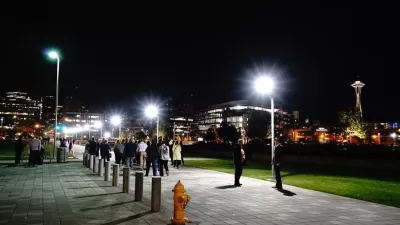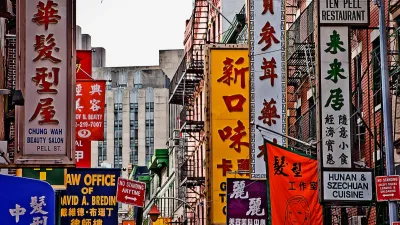Most people use the Summer months to re-connect with pastimes forgotten during winter months. It is this time of the year that sales soar both at the box office and in bookstores. Most normal people I know take trashy novels with them to the beach or submerge themselves in an entire season of 24 (which thanks to Netflix can be accomplished in a few intense evenings). I tend to lean toward the other extreme (although I have indulged in bad TV from time to time). My wife calls me a design geek because my bedside table is always full of design magazines, books and theory.
Most people use the Summer months to re-connect with pastimes forgotten during winter months. It is this time of the year that sales soar both at the box office and in bookstores. Most normal people I know take trashy novels with them to the beach or submerge themselves in an entire season of 24 (which thanks to Netflix can be accomplished in a few intense evenings). I tend to lean toward the other extreme (although I have indulged in bad TV from time to time). My wife calls me a design geek because my bedside table is always full of design magazines, books and theory.
That said, much of what has most inspired me throughout the years and helped to form a career path has very little to do with planning, architecture or urban design directly. Movies, novels, music, art have all played a very strong role. I recall watching Jacque Tati's movies for the first time. Playtime and Mon Oncle are amazing to me for their artistry, humor and commentary on the city. If anyone has seen the 1956 movie the Red Balloon or the Fritz Lang classic M lately then you may want to add them to your list. Looking for a classic that's as much about the City as it is about today's foreign conflicts? Try Battle of Algiers. Want to see where film director's blatantly stole from architects and planners? How about Lebbeus Woods's Information City used in the movie 12 Monkeys or Raymood Hood's City of Needles almost applied wholesale as background in Star Wars Episode One: Phantom Menace (yeah the bad one).
In a similar way, some early examples of photo collage (there's a great exhibit at the National Gallery of Art on this subject) and music by artists like Stereolab, Talking Heads and DJ Spooky have all helped me see cities in new ways. And for the true geeks out there, there's always the novel Snow Crash by Neal Stephenson but I've always been more partial to Douglas Coupland's brand of humor in Shampoo Planet.
Given that all of this is so personal, I think understanding where our inspiration comes from can help to better understand each other as professionals. That's why this summer a goal of mine is to start an "Inpiration Bank" in my office. Pop culure, art, anything, except traditional planning and design literature, is allowed. That's nothing against Jane Jacobs, Rem Koolhaas or any other author typically found on the shelves of a modern-day planner or designer. I just think I might learn more about a person that sees something unique in New Order than one that has read the planning essentials.

Planetizen Federal Action Tracker
A weekly monitor of how Trump’s orders and actions are impacting planners and planning in America.

Maui's Vacation Rental Debate Turns Ugly
Verbal attacks, misinformation campaigns and fistfights plague a high-stakes debate to convert thousands of vacation rentals into long-term housing.

Restaurant Patios Were a Pandemic Win — Why Were They so Hard to Keep?
Social distancing requirements and changes in travel patterns prompted cities to pilot new uses for street and sidewalk space. Then it got complicated.

In California Battle of Housing vs. Environment, Housing Just Won
A new state law significantly limits the power of CEQA, an environmental review law that served as a powerful tool for blocking new development.

Boulder Eliminates Parking Minimums Citywide
Officials estimate the cost of building a single underground parking space at up to $100,000.

Orange County, Florida Adopts Largest US “Sprawl Repair” Code
The ‘Orange Code’ seeks to rectify decades of sprawl-inducing, car-oriented development.
Urban Design for Planners 1: Software Tools
This six-course series explores essential urban design concepts using open source software and equips planners with the tools they need to participate fully in the urban design process.
Planning for Universal Design
Learn the tools for implementing Universal Design in planning regulations.
Heyer Gruel & Associates PA
JM Goldson LLC
Custer County Colorado
City of Camden Redevelopment Agency
City of Astoria
Transportation Research & Education Center (TREC) at Portland State University
Jefferson Parish Government
Camden Redevelopment Agency
City of Claremont





























